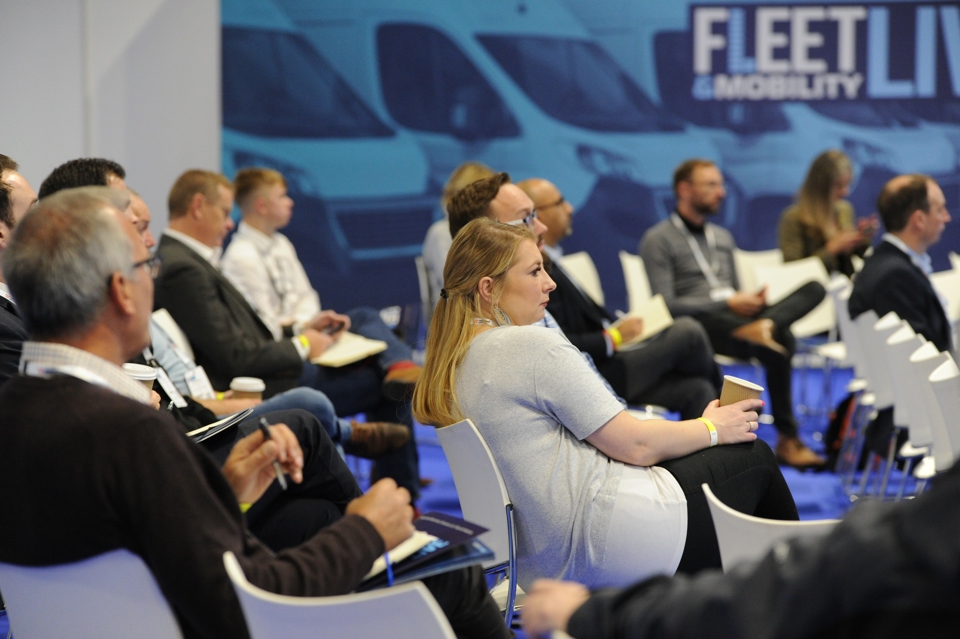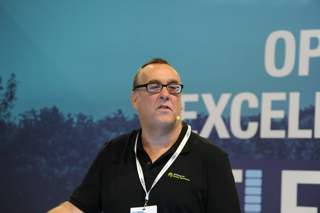Fleet decision-makers were given a roadmap of the UK’s alternative fuel infrastructure to help the logistics sector transition to zero emissions at this year’s Fleet & Mobility Live.
Amanda Lyne, managing director and deputy chair of ULEMCo and the UK Hydrogen and Fuel Cell Association, provided an industry perspective, while Justin Laney, general manager for central transport at the John Lewis Partnership, provided an operational insight.
Register for access to Fleet & Mobility Live video content
Delegates heard how hydrogen and biomethane technologies could be the answer to help companies switch away from diesel and the current developments for 5GW of hydrogen capacity before 2030.
The John Lewis Partnership has chosen biomethane as a low-carbon alternative to diesel as it gears up to stop using fossil fuels across its entire 4,800-strong fleet by 2030.
In March 2019, the employee-owned business pledged to be net zero carbon across its entire operations by 2050 at the latest, and its 600 HGVs to be switched to low-carbon biomethane by 2028.
A new biomethane gas filling station at its Berkshire head office is helping the conversion of the Bracknell Waitrose fleet to biomethane, complementing gas filling stations already in use near John Lewis and Waitrose regional distribution centres in Leyland, Lancashire, and in Northampton.
John Lewis estimates this will reduce CO2 emissions by 80%, with each truck saving more than 100 tonnes of CO2 every year.
Once registered, watch Alternative fuels: a long-term view for vans and trucks






















Login to comment
Comments
No comments have been made yet.